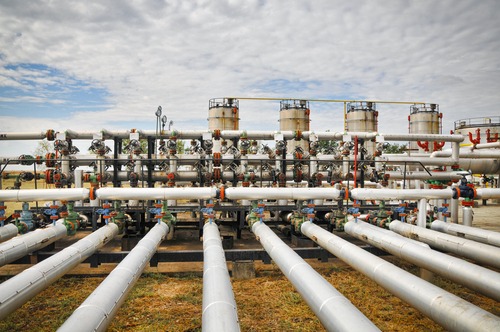
The U.S. Energy Information Administration (EIA) said it anticipates U.S. natural gas production to increase through 2050 as demand for U.S. gas exports grows.
In a report issued March 9, the EIA said gas exports will continue to rise through 2030 before leveling off.
The agency said it projects that natural gas production will grow by almost 25 percent through 2050, with much of the growth coming from the Appalachia Basin and the Mississippi-Louisiana salt basin.
The report said that natural gas from the Appalachia Basin will also reach export markets. Still, the majority of new production for the region will be directed toward domestic markets due to constraints on access from Appalachia to export markets brought on by pipeline infrastructure. As a result, the region’s relatively low production costs are driving growth in production, the report found.
U.S. natural gas exports set a record high in 2021 for the seventh consecutive year. Exports are projected to increase further in 2022, the report found. After 2033, the EIA projects that natural gas exports will remain flat through 2050.
Most of the natural gas export growth comes from liquified natural gas (LNG), but exports of natural gas to Mexico and Canada will also increase, the report said. Increases in LNG capacity at facilities currently under construction, as well as additional LNG trains in Louisiana and Texas, will increase the amount of infrastructure available for converting natural gas to LNG for export.
After 2025, U.S. natural gas production will increase to meet growing LNG demand, as global demand for natural gas will continue to be high, making it more economical to build additional LNG export facilities throughout the country. LNG capacity expansions, coupled with increasing demand abroad, will mean a 65 percent increase in LNG exports to 5.86 trillion cubic feet by 2033.